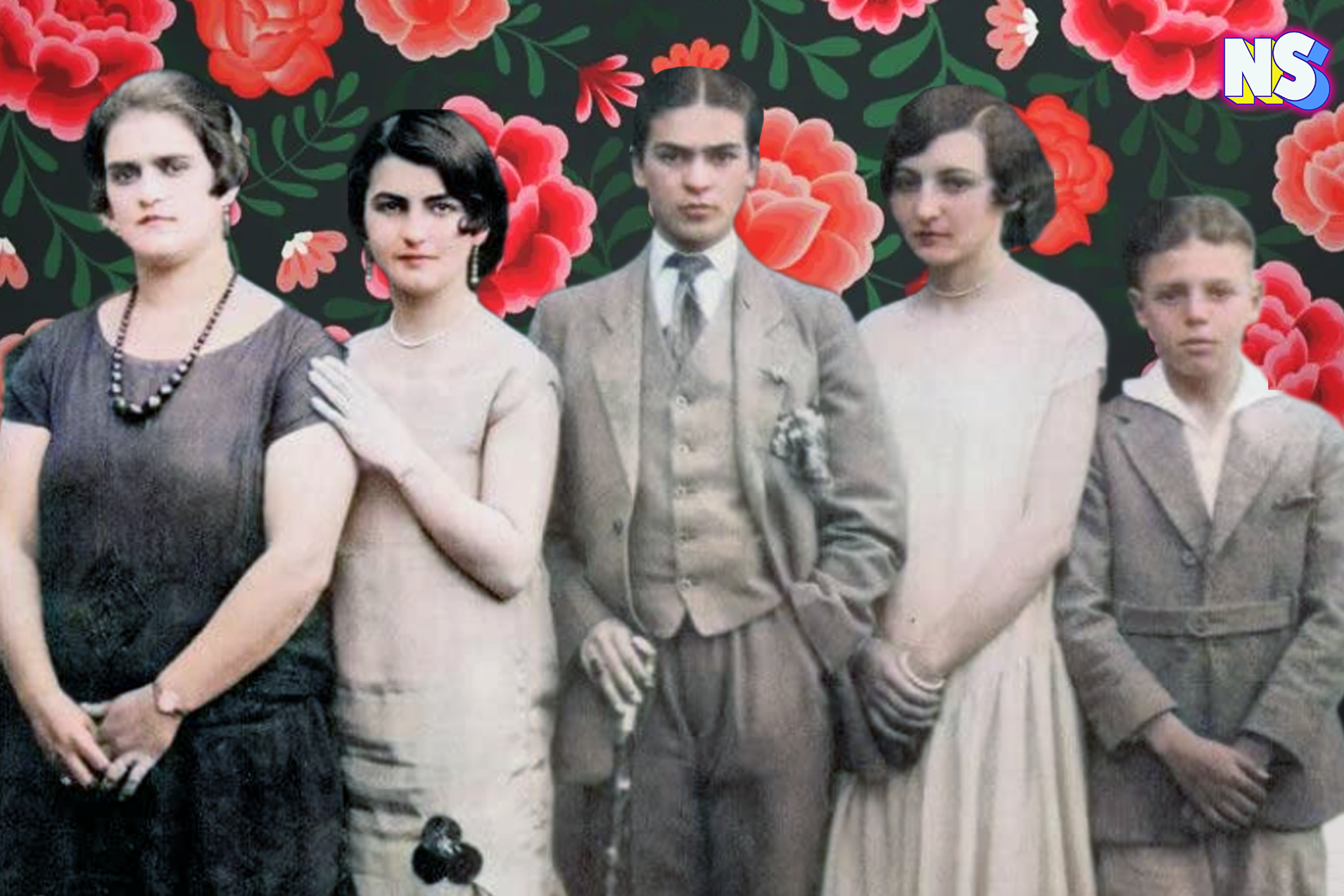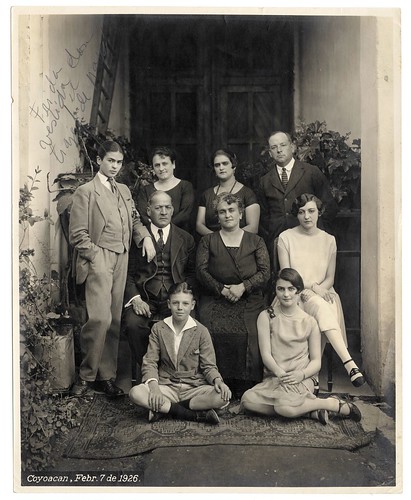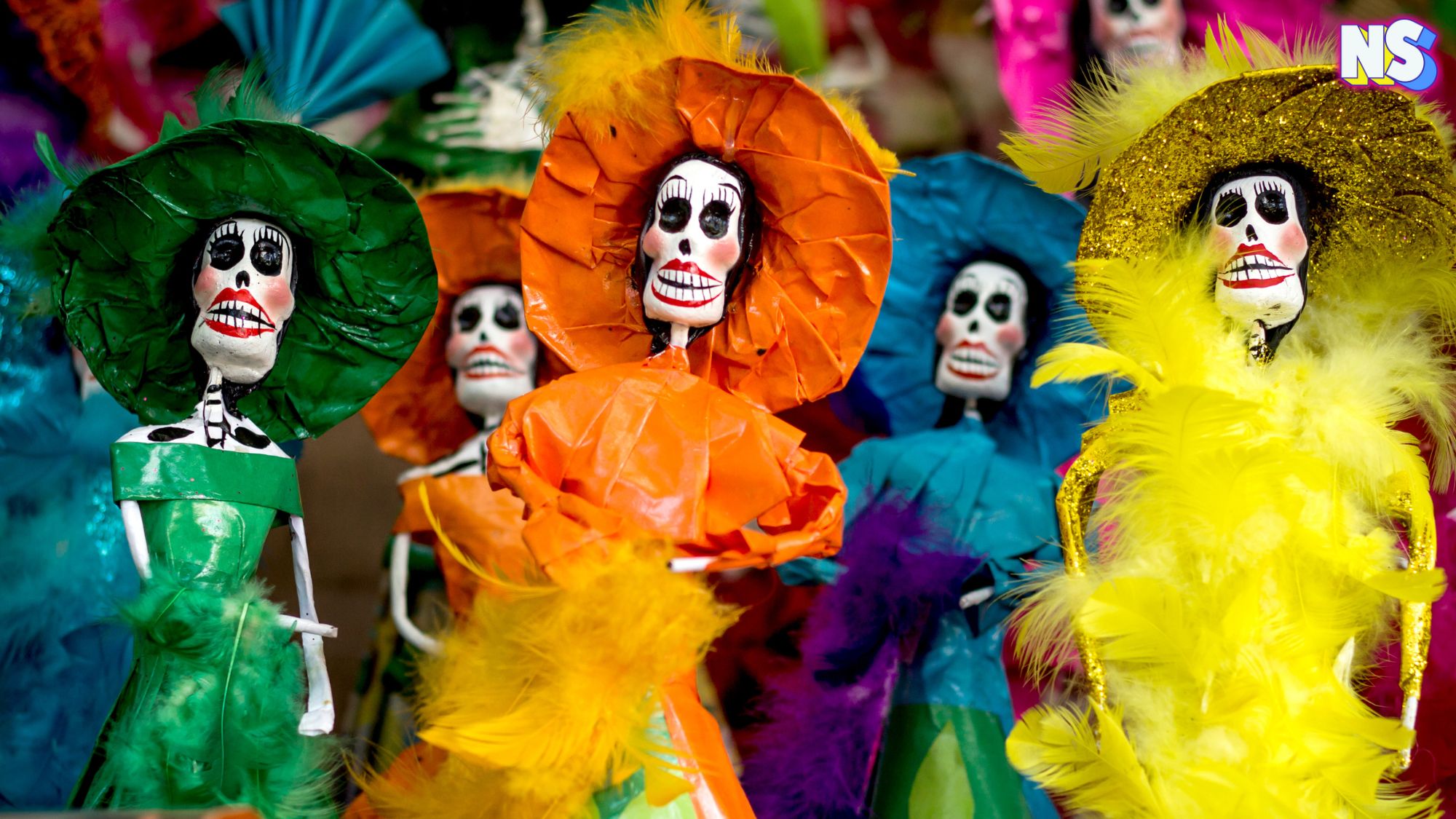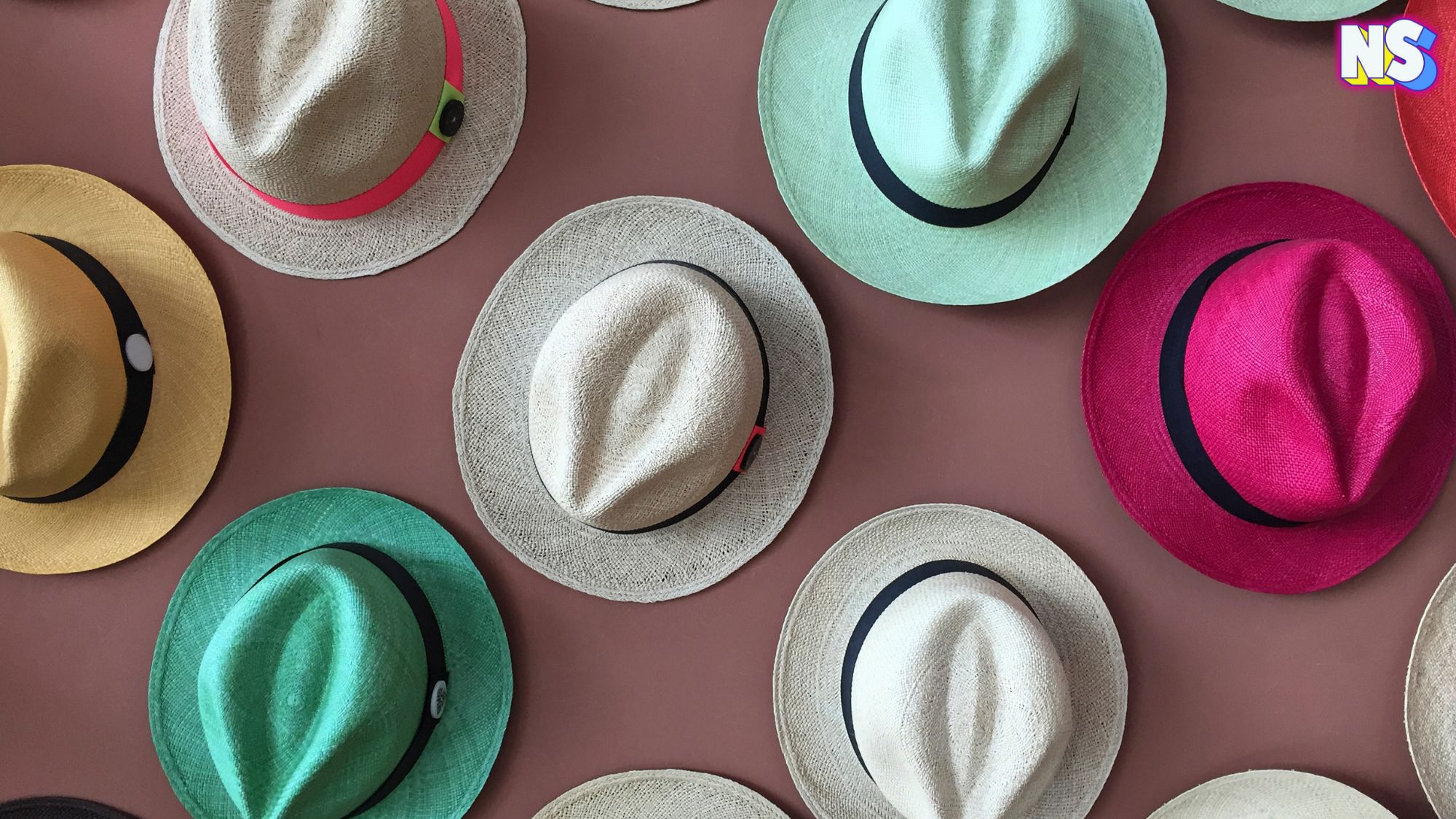Credit: Guillermo Kahlo/Illustration by Nuestro Stories
In the smoky haze of the 20th century, one artist emerged as a beacon of defiance, creativity, and individuality. Frida Kahlo, the Mexican painter known for her captivating self-portraits and bold artistic expression, was a woman who dared to defy societal norms and transcend gender boundaries.
In this installment of Frida Fridays, Nuestro Stories take a closer look at how Kahlo shattered stereotypes, including dressing in a way that challenged conventional gender roles.
A Glimpse into Frida's World
Magdalena Carmen Frieda Kahlo y Calderón, born in 1907 in Coyoacán, Mexico, was a force of nature.
She was not just an artist; she was a trailblazer who refused to be confined by the conventions of her time.
Frida was born three years before one of Mexico’s most transformative periods: The Mexican revolution of 1910.
A time that marked the transformation of Mexican identity, where Mexico would look to create its own path and identity separating from European customs and traditions.
The world she lived in was dominated by rigid gender roles, where women were expected to conform to a prescribed set of behaviors and appearances. Frida, however, was different.
Embracing Her Unique Identity
Frida Kahlo's journey to self-discovery was a tumultuous one. At an early age, she suffered a life-altering accident that left her with chronic pain and enduring physical scars.
Some would say this adversity did not break her spirit; instead, it fueled her determination to embrace her unique identity.
One of the most striking ways she challenged societal expectations was through her fashion choices. Frida, with her signature unibrow and defiant gaze eschewed traditional women's clothing.
She donned the attire of a man, incorporating elements of the traditional Tehuana dress, a style associated with indigenous women from the Tehuantepec region of Mexico.
She paired this clothing with a dapper androgynous look, including tailored suits and bow ties. Frida's fashion statement was a testament to her refusal to be confined by gender norms.
A Defiant Family Portrait
In a family portrait taken in 1926, Frida Kahlo is captured alongside her parents. In a striking departure from the expected attire of a young woman of her time, Frida opts for a more androgynous look.
She stands proudly wearing a tailored suit, reminiscent of men's fashion from that era. Her ensemble includes a shirt, tie, and vest, while her short, slicked-back hair further emphasizes her masculine appearance.
This deliberate choice reflected her defiance against societal norms even in the intimate setting of a family photograph.
Art as a Reflection of Self
Frida's art was a mirror reflecting her inner world. Her self-portraits, many of which featured her in her unconventional attire, were not just paintings but powerful statements of self-expression. She used her art to explore her own identity, pain, and passion – often addressing themes of gender, identity, and the human experience.
A Legacy that Endures
Frida Kahlo's legacy extends far beyond her canvases. Her defiance of societal expectations, her commitment to individuality, and her willingness to challenge the status quo continue to inspire generations of artists and activists. In a world that often seeks to impose conformity, Frida remains a symbol of unapologetic self-expression.
As we look back at the life and work of Frida Kahlo, we are reminded of the power of art to challenge stereotypes and transcend societal boundaries.






